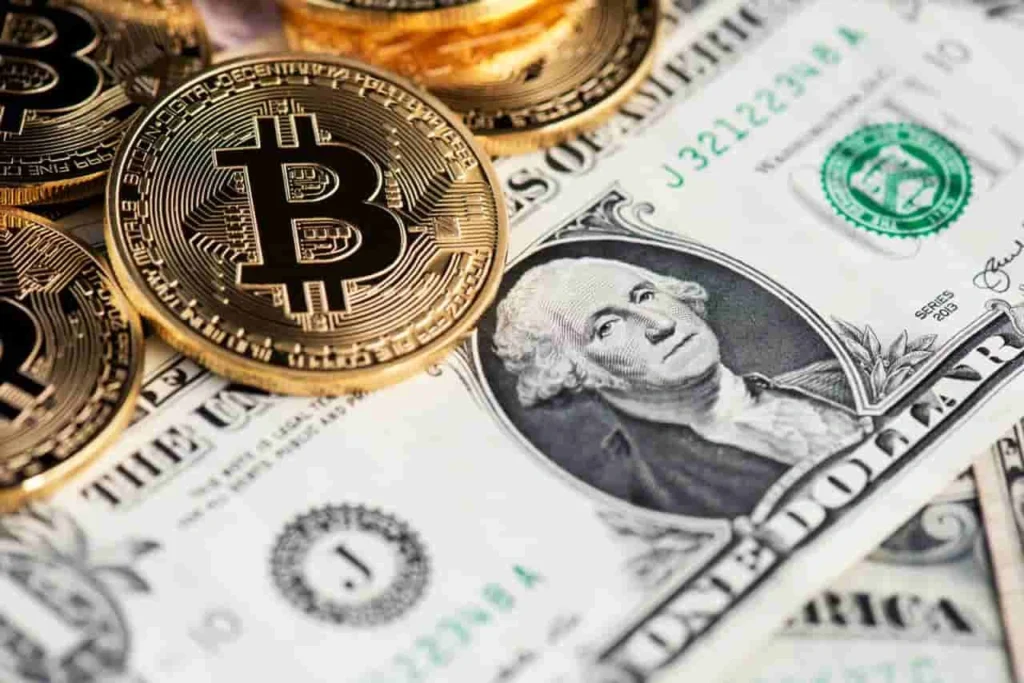Let’s get one thing straight: the fiat vs crypto debate is packed with half-truths, wild assumptions, and a whole lot of internet noise. Some say crypto is the end of government money. Others swear it’s just a scam. And fiat? Well, it’s either “stable and safe” or “dying under inflation,” depending on who you ask. So let’s bust some myths, shall we?
Myth #1: Crypto Has No Real Value, Unlike Fiat
Okay, first off — what even is “real” value?
Fiat money, like dollars or euros, isn’t backed by gold or silver anymore. Its value comes from trust — basically, because a government says it’s worth something and we collectively agree. That’s it.

Crypto? It’s different, sure, but not “valueless.” Cryptocurrencies like Bitcoin get their value from scarcity (there’s a cap), utility (some are used in smart contracts, DeFi, etc.), and — yep — user trust. Sound familiar?
So if someone tells you fiat has value and crypto doesn’t… well, it’s not that simple. Value, in both cases, is more belief-based than you might think.
Myth #2: Fiat vs Crypto Is Just Physical vs Digital
This one gets tossed around a lot, and it totally misses the point.
People say, “Fiat is real, crypto is virtual.” But hold on — most fiat is already digital. When’s the last time you saw your salary in cash? You check a banking app, right? Those numbers aren’t coins or bills. They’re data. Just like crypto.

The deeper difference lies in control and creation. Fiat is issued by governments and managed by central banks. Crypto, on the other hand, is usually decentralized — created by algorithms, maintained by networks, and not controlled by a single party.
So no, it’s not just about paper vs pixels.
Myth #3: Crypto Is Just for Criminals
Ah yes, the classic. “Crypto is for hackers, drug dealers, and tax dodgers.”
To be fair, yes, crypto has been misused — just like cash has. But studies (and law enforcement) show that illegal activity on crypto networks is a shrinking percentage. Why? Because blockchains are public. Every transaction is recorded and traceable. Criminals aren’t as anonymous as they think.

Meanwhile, good ol’ fiat still fuels most real-world crimes, from bribery to black markets. So let’s not kid ourselves.
Myth #4: Fiat Is Always Stable and Safe
If you live in a relatively stable economy, fiat might seem rock solid. But history tells a different story — hyperinflation in Venezuela, currency collapse in Zimbabwe, even bank freezes in Cyprus. These aren’t ancient tales — they’re modern reminders that fiat isn’t invincible.
And crypto? Volatile, yes — wildly so at times. But it’s not necessarily “unsafe.” With proper security practices and understanding, people use crypto as a hedge, a remittance tool, even a savings vehicle. So again, it’s not black-and-white.

So… What’s the Real Deal With Fiat vs Crypto?
Honestly? The truth is in the gray areas. Fiat offers stability, global acceptance, and easy use. Crypto offers decentralization, innovation, and financial freedom — with some wild swings and a learning curve.
They each have myths, flaws, and strengths. You don’t have to pick a side. In fact, the future probably includes both — maybe with central bank digital currencies (CBDCs), hybrid systems, or tech we haven’t even seen yet.
But one thing’s for sure: understanding fiat vs crypto today means you’re a lot more prepared for whatever money becomes tomorrow.
Relevant news: Fiat vs Crypto: Pros and Cons You Need to Know




